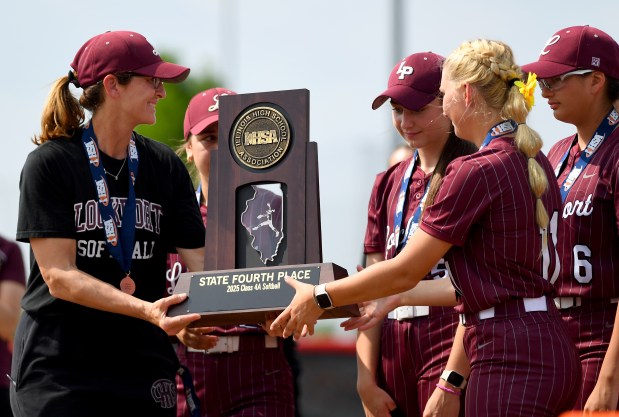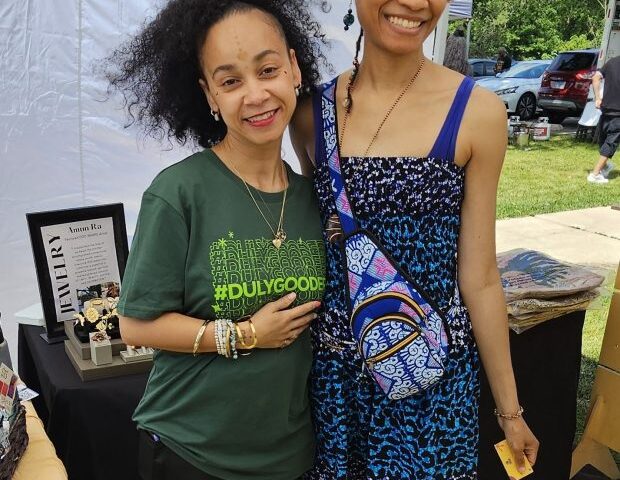Author Roger Day Bain went back to his roots in Clarendon Hills for his new book, “Clarendon Hills Kid.”
The book is a memoir about growing up in the village from 1949-69. In it, Bain examines an idyllic childhood from the viewpoint of a boy living in the western suburbs of Chicago during the 1950s and 60s.
Clarendon Hills was part of the suburban boom that occurred in post-WWII America, and in his new book Bain said he looks at what shaped his life as the village was growing. He includes wealth distinctions, the transformation of a wild peat bog into a park, a teacher whose words he can still recall, the all-consuming love of baseball, his family’s background, the characters and personalities present in daily life.
“Clarendon Hills Kid” follows Bain’s 2023 book, ““Hardly Working: How I Found a Career and Kept My Soul,” a coming-of-age style memoir about his unorthodox employment history.
“That book had many scenes and chapters set in Clarendon Hills, causing me to realize that my hometown would make a worthy subject for a book,” he said. “No similar book about Clarendon Hills had ever been published. I began dashing off a hodgepodge of paragraphs, recollections, and mini essays, with no clear organization.”
Bain said the ultimate catalyst for his new book — learning of a childhood friend’s death — is outlined in the first chapter, “Back to Where I Once Belonged.”
He said he began gathering paragraphs about five years ago and three years ago read aloud the chapter “Clickety Clack,” about the Burlington rail line that bisects the town, to a writer’s group.
“I began hammering it into shape, giving it organization, maybe two years ago,” Bain said, adding that he engaged an editor—Jacob Knabb— a few months ago, after he had re-read and tweaked the manuscript dozens of times
“I began thinking about it 50 years ago. I finished it only a couple of weeks ago,” he said. “The last edits were the same day I uploaded the manuscript to Amazon.”
Bain said while working on the memoir, the subject matter was in his brain every day.
“It’s like an obsession, a manageable obsession,” he said. “When taking a walk or a drive or having a conversation, a scene or recollection comes bubbling to the surface. You file it away. You look at old pictures, old scrapbooks of newspaper articles. I discussed a few things with my sisters. The brain is a warehouse of memories. You have to allow them to surface.”
Bain said writing the book began as a long essay, rather than starting with an outline of topics. And his goal was to create something evocative, provocative and colorful, he said.
“I began to write about what has made enough of an impression on me that I still recall it,” he said. “Like getting my mom and her friends stoned. Or Ed the Milkman delivering cold bottles of milk to our door. Or nearly setting a fire at the Hinsdale movie theater. We each have scenes from youth that are unforgettable. They may be trivial or substantial. They may be life altering or not.”
Bain said memory was his main ally because he didn’t set out to write a history.
“I wanted to record my impression of a lifestyle that no longer exists and how it has shaped my life,” he said. “I researched many of the topics for authenticity.”
One of those topics is in the chapter, ”Olive’s Arrows,” which is about an archery factory in downtown Clarendon Hills.
“No way did I know how that business began,” Bain said. “I only recalled the smell of glue when you walked in to buy an arrow for some kid’s birthday gift. Researching the scant information available gave the subject depth.”
He said he wrote the book specifically for the people, past and present, who have called Clarendon Hills home, as well as those in surrounding suburbs.
“The point of view and subject matter, however, can be relatable to anyone who grew up in a suburb in the 1950s and 1960s, probably even the 1970s,” he said. “It’s social history.”
While he is hopeful that “Clarendon Hills Kid” finds an immediate audience, he’s also hoping for readers in the future.
“I also want someone to read this 60 years hence and get a feel for what it must have been like,” Bain said. “It is future history.”
Chuck Fieldman is a freelance reporter for Pioneer Press.




